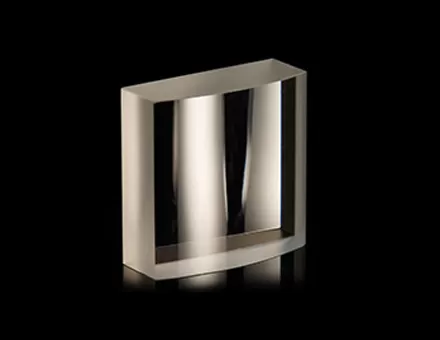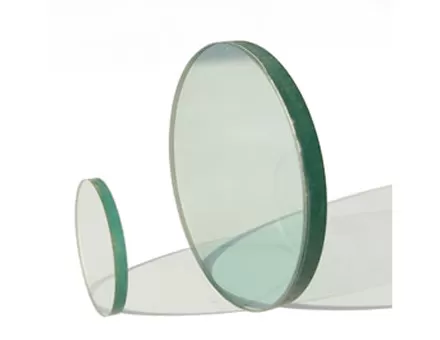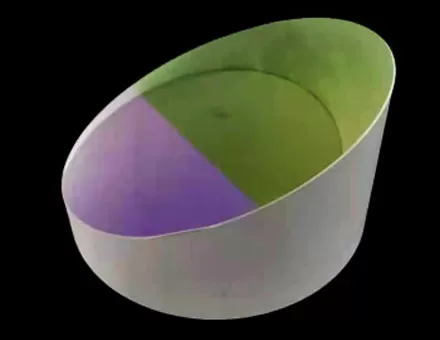Optical prism is a special lens with unique optical properties, which produces certain optical effects and directional characteristics through its structural features, and is worthy of research and application by relevant personnel.
Structural characteristics of optical prism
Generally speaking, the prism we are most familiar with is a transparent cylindrical structure composed of three faces. However, in the field of visual optics, a prism with two faces is commonly used. For example, the eyeglass lens we commonly use has only two refractive surfaces (the front and back surfaces of the lens), so in a prism with three faces, we generally consider the two inclined surfaces as the refractive surfaces. In addition, the optical prism used in visual optics usually selects the prism with a smaller included angle formed by the two sides' refractive surfaces as the apex, and the rear end is called the base.
Optical effect of optical prism
From a physical point of view, an optical prism has the function of refracting light rays, but it does not have the function of focusing, so it can only change the direction of the refracted light rays but cannot change the refraction's convergence or divergence. Light passing through a prism will no longer extend in its original direction. Instead, it will deviate towards another direction, which is the so-called deflection effect of a prism. In addition, a prism can imaging, but the image formed by the prism is a virtual image, and the image observed through a prism by the naked eye is closer to the top of the prism than the actual object. The main reason is that the object refracted by the prism will deviate towards the bottom side, while the human eye judges the object's position based on the straight-line propagation of light. Therefore, people see the object's image on the top side.
Directional characteristics of optical prism
It has been observed that light passing through anoptical prism will be refracted towards the base. Therefore, if the prism's position is different, the refracted direction of the light produced will also be different, and the image produced will also have different directions. Therefore, when using a prism, it is necessary to have a specific direction, and the base's orientation method is generally used. This method is commonly used in the treatment of esotropia and exotropia, such as the base of the prism for treating esotropia outward and the base of the prism for treating exotropia inward.
After entering the modern society, due to environmental changes and the adverse effects of daily habits, the visual problems of many young people are facing more and more problems, which also poses important challenges to the development of visual optics. Therefore, facing the opportunities and challenges of modernization, visual optics introduced the optical characteristics of optical prism on the basis of tradition, which plays a positive role and significance in the examination, measurement, and treatment of vision. The optical characteristics of the prism are of certain significance for the progress and development of visual optics.


















 EN
EN




